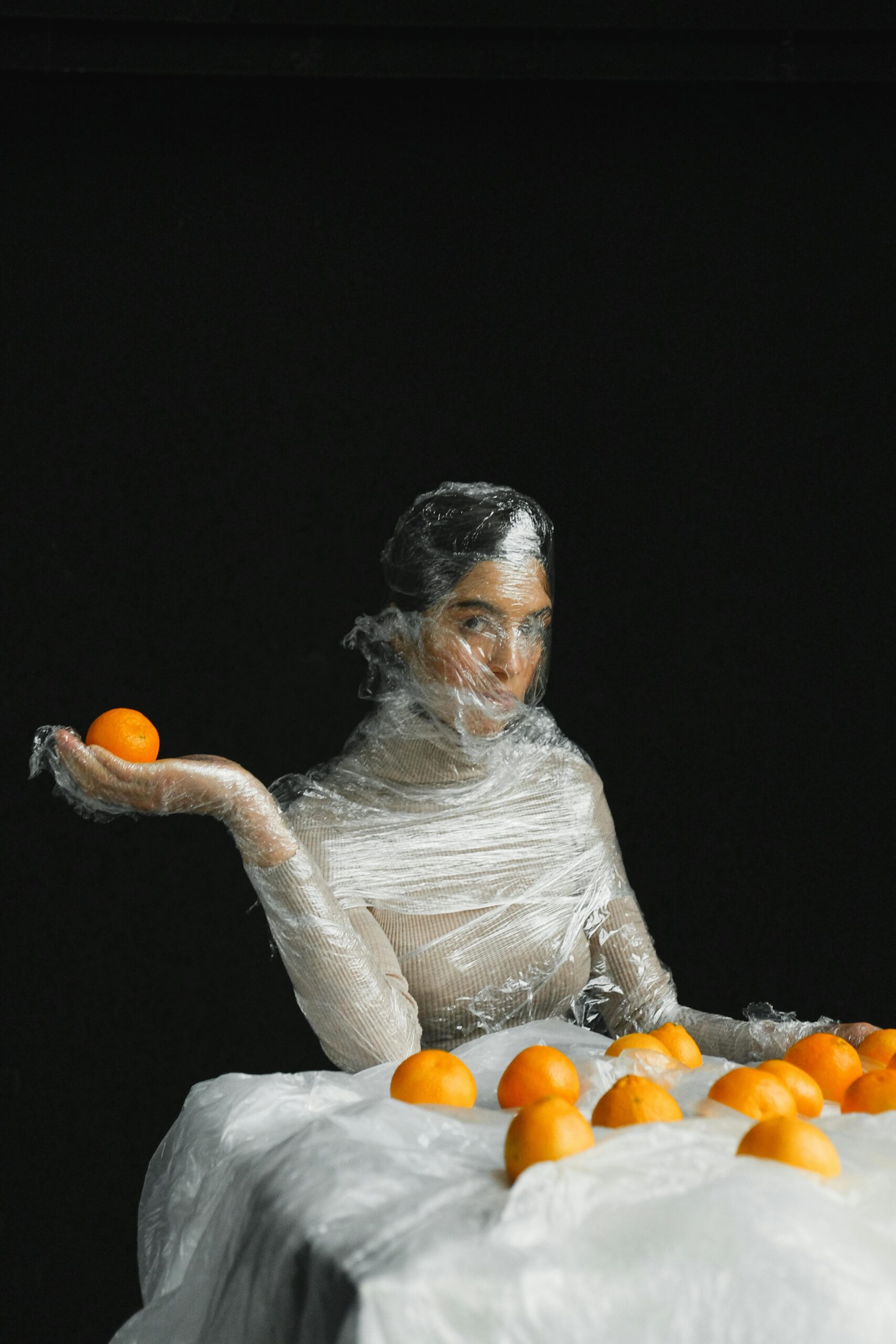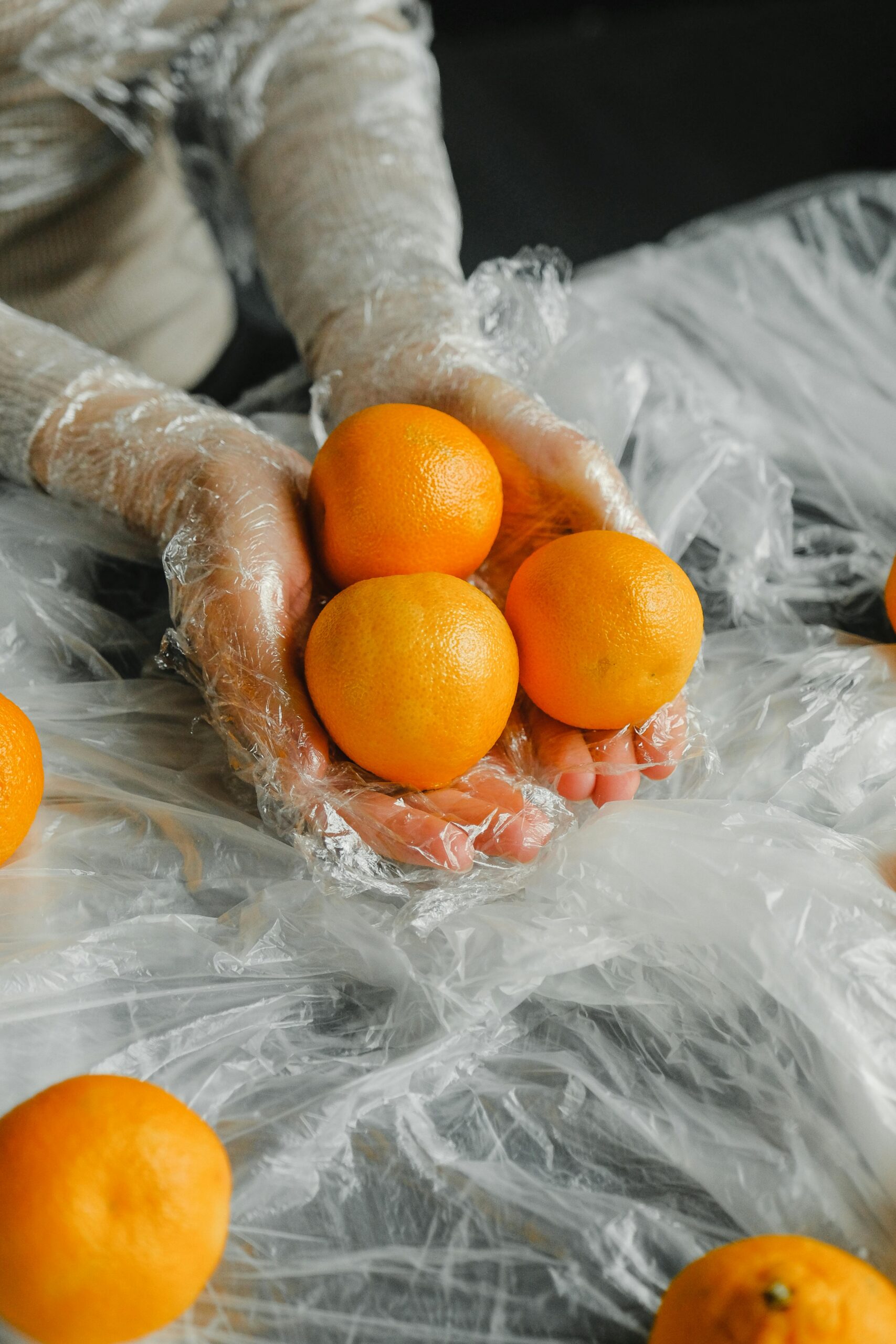Perception
Pedagogical Anthropology
Pedagogical Anthropology developed in Japan based on the philosophical foundations of the Kyoto School and a critical reading of Karl Marx. It is a discipline that questions what it means to be ‘human’ and provides guidance for self-reflexive learning and becoming as an art of living. While it is an anthropological discipline, the focus is on subjectification of ecological laws of perception and cultural adaptation rather than cognitive objectification of biological development and evolution.
In today’s scientific landscape, Pedagogical Anthropology may be considered a discipline in Sustainability Science – a science of how complex physical, biological, and social systems function and a science for sustainability, to support sustainable policies and positive social transformations (UNESCO Management of Social Transformation Programme). Specifically, Pedagogical Anthropology is about helping learners become shutai by transforming themselves and their social reality with an emphasis on creative recovery, rebuilding, and renewal.
Pedagogical Anthropology helps learners become shutai by teaching and intervening in the reflexivity spiral with knowledge and techniques that learners can use. Interventions are aimed to help learners perceive a particular phenomenal experience that appears with intention. The following sections introduce key concepts in Pedagogical Anthropology that highlight important yet complex phenomenal experiences that require pedagogical and theoretical interventions. Intention alone will not achieve the experiences introduced here.

Jikaku (self-awareness)
Jikaku may be translated as ‘self-awareness’ or ‘self-consciousness’ and it was coined by Nishida Kitarō (1870-1945), the founder of the Kyoto School. For Nishida, jikaku is not simply introspective awareness or psychological self-reflection, but rather a fundamental mode of being that underlies all experience.
In Nishida’s framework, jikaku involves what he calls ‘pure experience (junsui keiken)’ – a state of focused awareness that overcomes the subject-object split we create within ourselves. This is not the practical consciousness that reflexively monitors one’s own behavior. Rather, it is the awareness that observes one’s own linguistic activities that noetically constitute our environment-as-reality.
Meditation is one of the ways by which self-awareness as a noematic experience distinct from one’s noetic constitution of environemnt-as-reality may be perceived. If the noetic constitution is a linguistic activity that integrates a wide range of physiological activities, then self-awareness takes this activity as a noetic experience of one’s chattering monkey mind.

Hyōgen-ai (rapturous expression-in-formation)
Hyōgen is a concept coined by Kimura Motomori (1895-1946) who was a student of Nishida’s. It is also the title of Kimura’s book that explains how becoming shutai is mediated by a creative practice and a process.
Kimura discusses hyōgen-ai in the context of creative practice of sculpting an artistic medium (sozai) to express ideas that have yet to take shape in a meaningful form. Hyōgen-ai underscores the embodied aspect of this manipulation as a ‘will that bites into the flesh’ (2012[1939], 34). Kimura maintains that expression emerges from the artist’s self-denial which the body experiences as a constraint against his or her will to manipulate the sozai as much as the rapturous joy he or she feels in bringing an idea into being.
Hyōgen-ai is therefore a way of understanding art not as a form of representation but as a tension experienced by the artist as self-expression via self-denial. Hyōgen-ai also refers to the work which gives birth to an Object in the process of becoming Subject (shutai). The ‘love’ or ai in hyōgen-ai refers to both the rapturous expressions in the creative act as well as the pedagogical love that guides each moment of expression as a formative process of both the shutai and the culture which shutai brings into being.

Kōsōryoku (epistemic agency)
Kōsōryoku is a concept coined by Miki Kiyoshi (1897-1945), a Kyoto School philosopher and a Marxist who applied his philosophy to politics. His unfinished manuscript was titled Kōsōryoku no Ronri, originally published in the journal Shisō, between 1937 and 1943.
Kōsōryoku no Ronri has been translated into English, but with an unfortunate title The Logic of Imagination, due to Miki’s reference to Kant’s concept of the imagination. A more precise and direct translation of kōsōryoku is ‘conceptualizing power’ because kōsō may be translated as ‘idea’ or ‘concept’ and the ~ryoku behind it signifies ‘force’ or ‘power.’
I translate kōsōryoku as epistemic agency. Kōsōryoku is also the noematic correlation of its noesis or the intentional constitution of surfaces as bamen – which I hypothetically associate with episodic memory. I also suggested that bamen is an epistemic category that can reify and abstract episodic memories which are largely private into epistemic memory or image to be shared publicly.
More research will be necessary to understand the noematic experience of kōsōryoku as well as how and what types of bamen might bring this experience into being. This research would reveal the significance of kōsōryoku to culture, given that Miki described and explained its logic by underscoring its power to transform an ontological projection into an epistemic project in phases extending from myths, institutions, technologies, experience, to a proposed section on language that was never written.